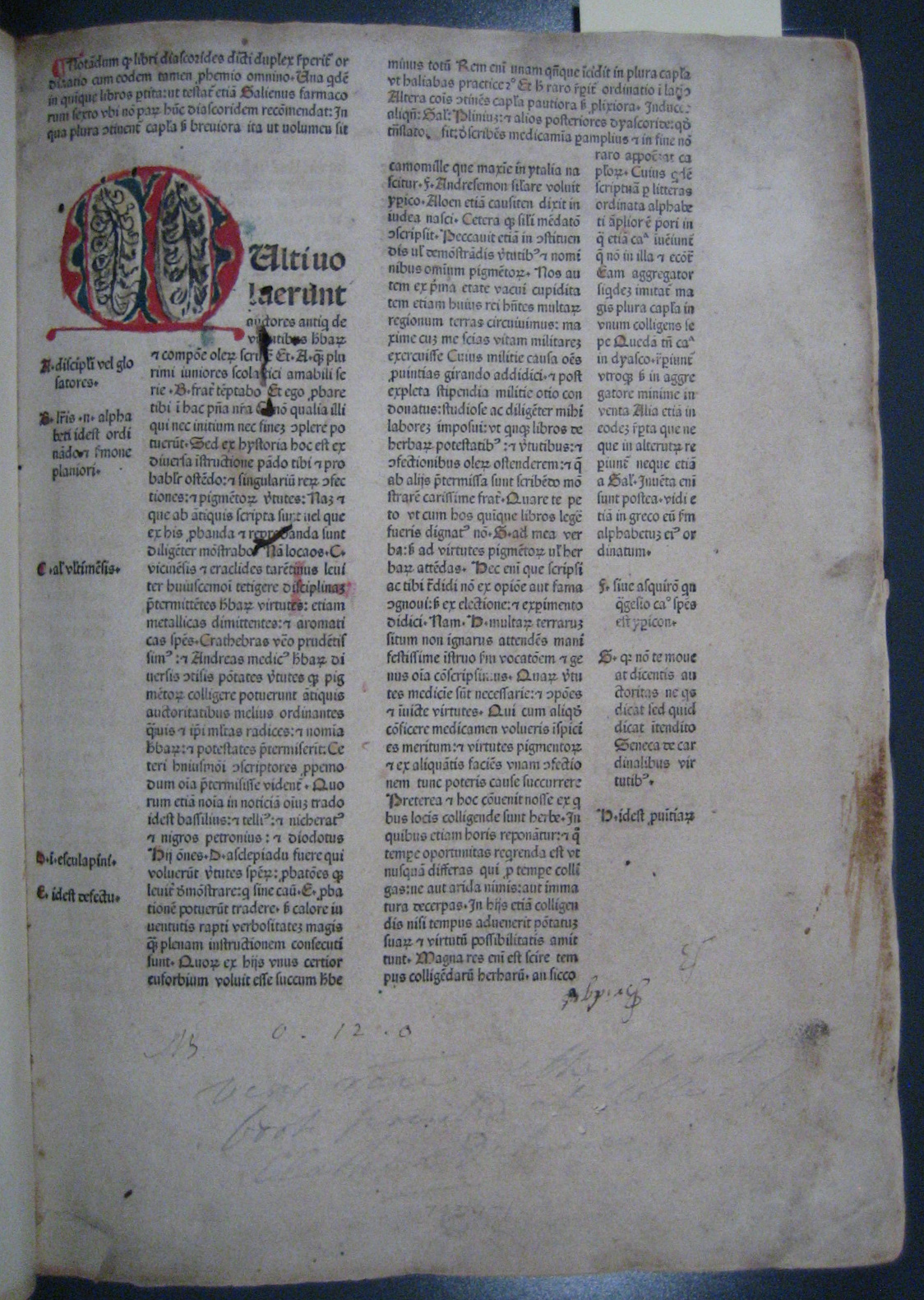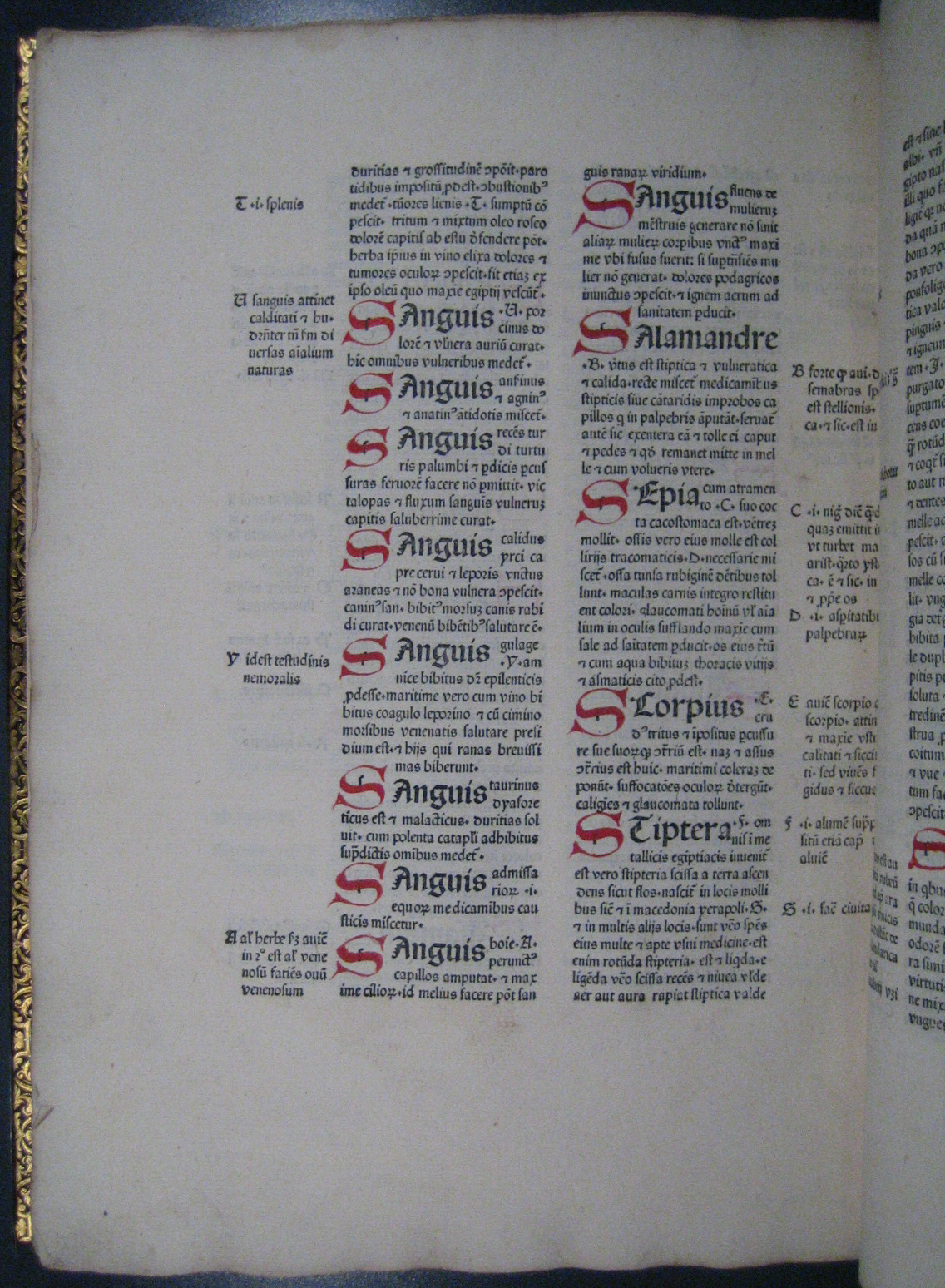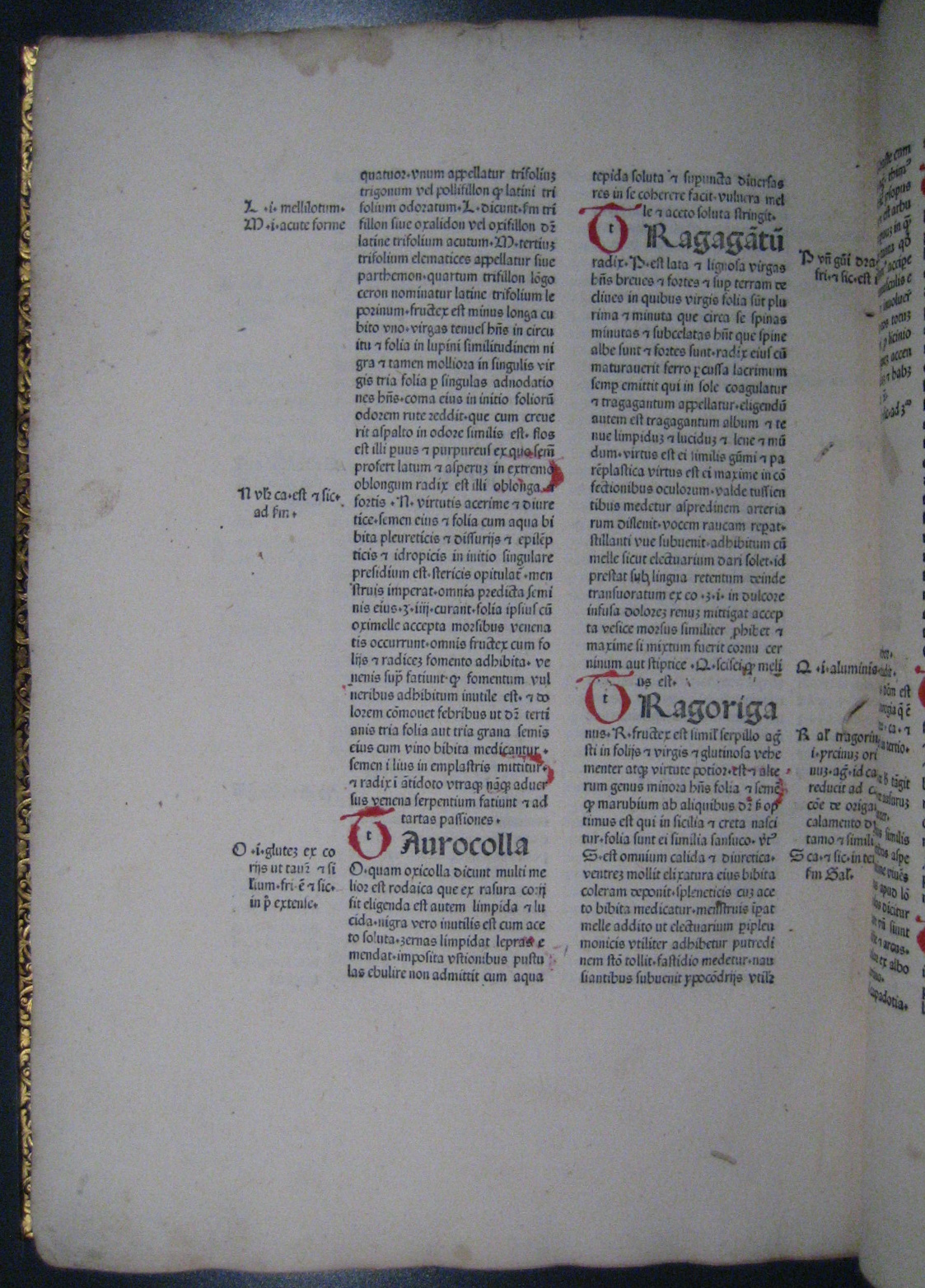



It has been a long tradition to consider that the Renaissance, characterized by many as a revival of Greek studies among Western scholars, correlated with the decline of the Byzantine Empire, the Fall of Constantinople in 1453, and the massive emigration of Byzantine literati and scientists to the West, particularly to Italy. As early as the fourteenth century, however, physicians such as Pietro d’Abano traveled to Constantinople to learn Greek and to discover and acquire texts unavailable in the West. Back in Padua, Pietro commented on these texts in his teaching at the university. During the fifteenth century the direction of knowledge reversed: Byzantine scholars and scientists traveled to Italy. In the 1440s John Argyropoulos obtained a medical degree from Padua University before returning to Byzantium and teaching at its medical school. After the Fall of the Constantinople, Byzantine scientists emigrated to Italy and translated Greek scientific treatises into Latin. They were shortly followed by Italian scholars who contributed to the birth of Humanism.



I+102+I ff., 327 × 230 mm, a4+1, b–c4, d2, e4, f3, g3, h4, A–B3, C–F4, G1. Colle di Val d’Elsa, Johannes de Medemblick, 1478.
Latin. Two-column layout. Latin in rotunda: large font for lemmata and smaller for body text. Rubrication of initials and paragraphs.
UCLA Louise M. Darling Bio-medical Library, Special Collections, Vault, Oversize: WZ 230 D624d 1478
[JM]
Contribution date: 2016